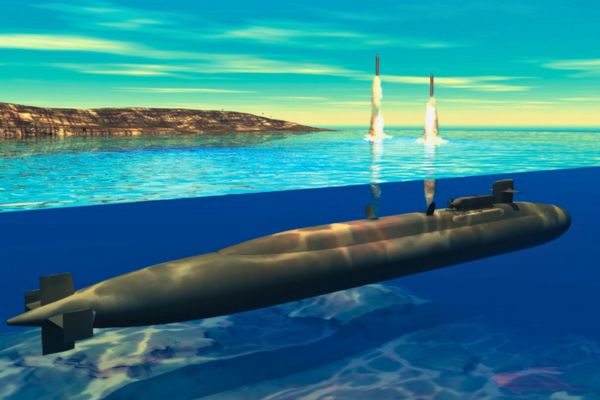Submarines, the silent giants of the ocean depths, have captivated our imagination for decades. These extraordinary vessels possess immense power and cutting-edge technology, allowing them to operate stealthily beneath the surface. This article delves into the realm of submarines and explores some of the largest submarines in the world.
The Ohio-class submarine, also known as the Trident submarine, holds the distinction of being one of the largest submarines ever built. Originally designed for the United States Navy’s strategic deterrence missions, these submarines measure around 560 feet (170 meters) in length and displace approximately 18,750 tons. With their advanced ballistic missile capabilities and extended operational range, these submarines play a vital role in maintaining global security.
Taking the title of the largest submarine ever built, the Typhoon-class submarines were developed by the Soviet Union during the Cold War era. These colossal vessels are an impressive sight, stretching over 570 feet (175 meters) in length and weighing around 48,000 tons when submerged. Equipped with advanced weaponry and robust nuclear propulsion, they were designed to serve as a formidable deterrent force.
While not as massive as the Ohio or Typhoon class, the Virginia-class submarines, operated by the United States Navy, represent a new generation of technologically advanced submarines. These submarines measure approximately 377 feet (115 meters) in length and displace around 7,800 tons.
What sets them apart is their modular design, which allows for easy upgrades and adaptability to changing mission requirements. The Virginia-class submarines excel in stealth, surveillance, and reconnaissance operations.
Russia’s Borei-class submarines are among the largest and most modern nuclear-powered ballistic missile submarines in operation today. These submarines have a length of approximately 580 feet (178 meters) and displace around 24,000 tons. Equipped with advanced weapons systems and state-of-the-art technology, they possess enhanced manoeuvrability and stealth capabilities, ensuring their effectiveness in strategic naval operations.
Submarines have evolved significantly over the years, becoming more technologically advanced, larger, and capable of executing diverse missions.
Operating a submarine is an extraordinary endeavour that demands a highly skilled and dedicated team. The personnel involved in submarine operations undergo rigorous training and possess a unique set of skills. From commanding officers to engineers, technicians, and support staff, each member plays a crucial role in ensuring the safe and successful operation of the submarine. The challenges of living and working in a confined environment underwater require exceptional adaptability, discipline, and teamwork.
The crew must possess a deep understanding of the submarine’s complex systems, including navigation, propulsion, communication, and weapons, while also being proficient in emergency protocols and procedures. Operating a submarine necessitates constant vigilance, precise coordination, and unwavering commitment to maintain the crew’s safety and accomplish their mission objectives.
As we continue to explore the depths of the oceans, submarines remain an integral part of naval forces worldwide, shaping the dynamics of maritime security and strategic deterrence.
Read more on Three of the best warships from World War II




















![Ford to sell used vehicles on Amazon [Source Reuters]](https://autojournal.africa/wp-content/uploads/2025/11/Ford-Hyundai-to-sell-used-vehicles-on-Amazon-Source-Reuters-120x86.png)
